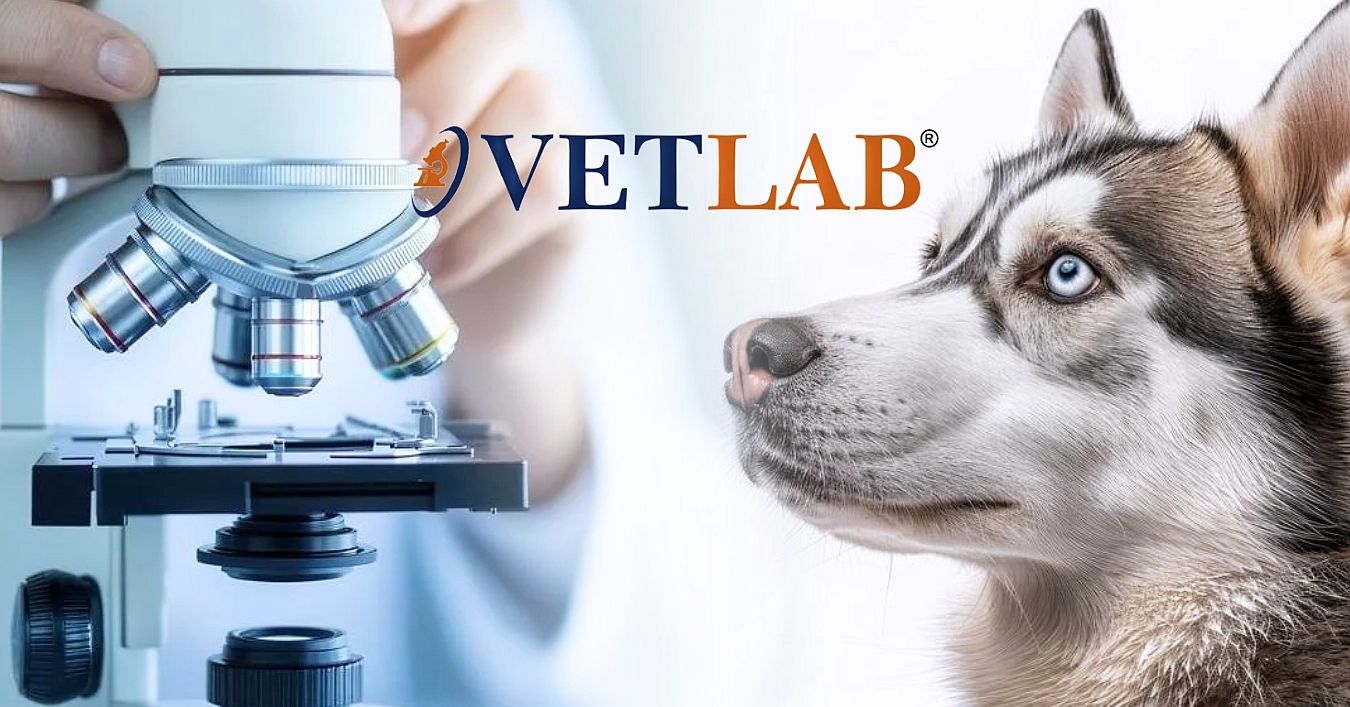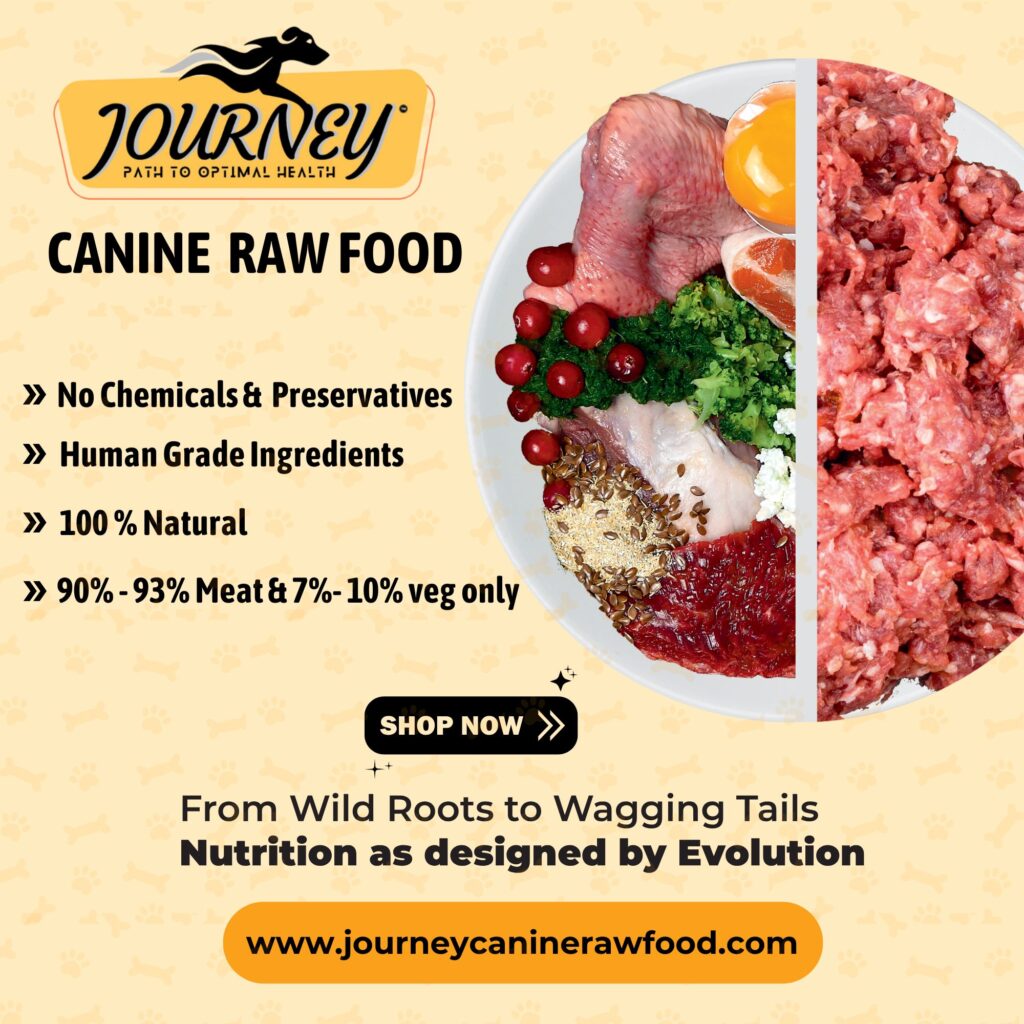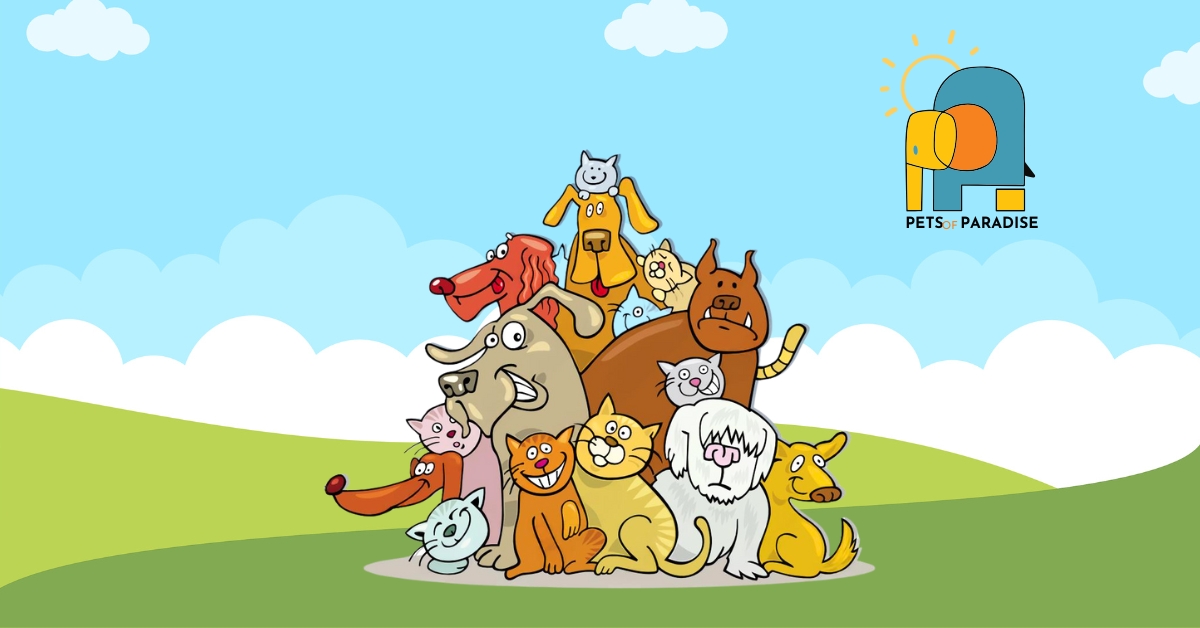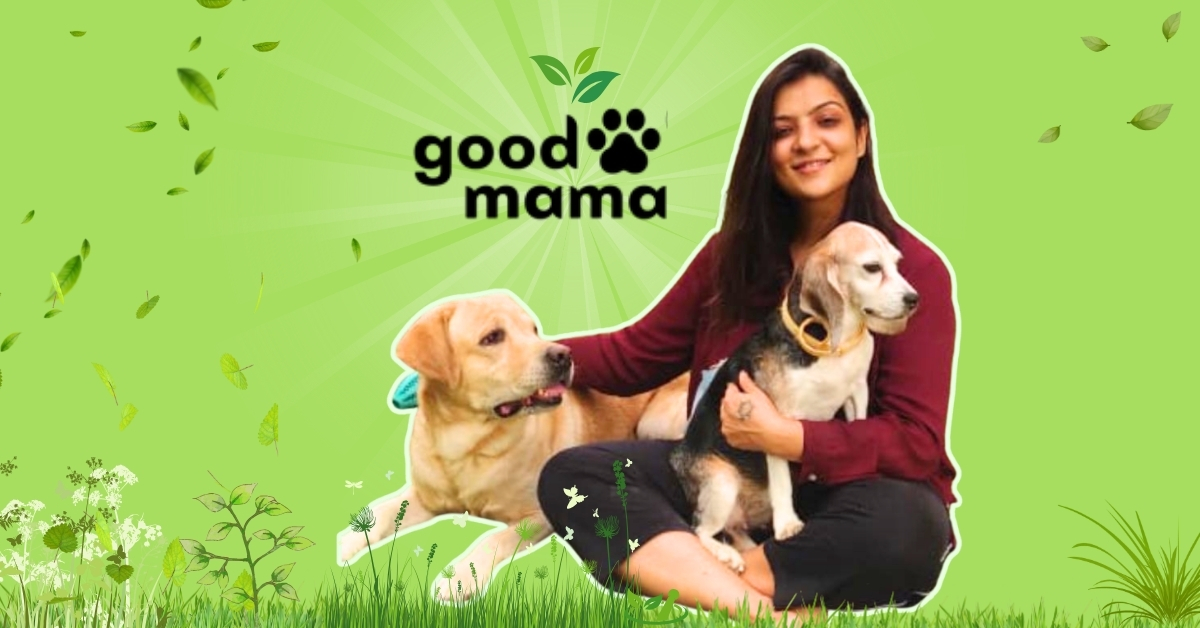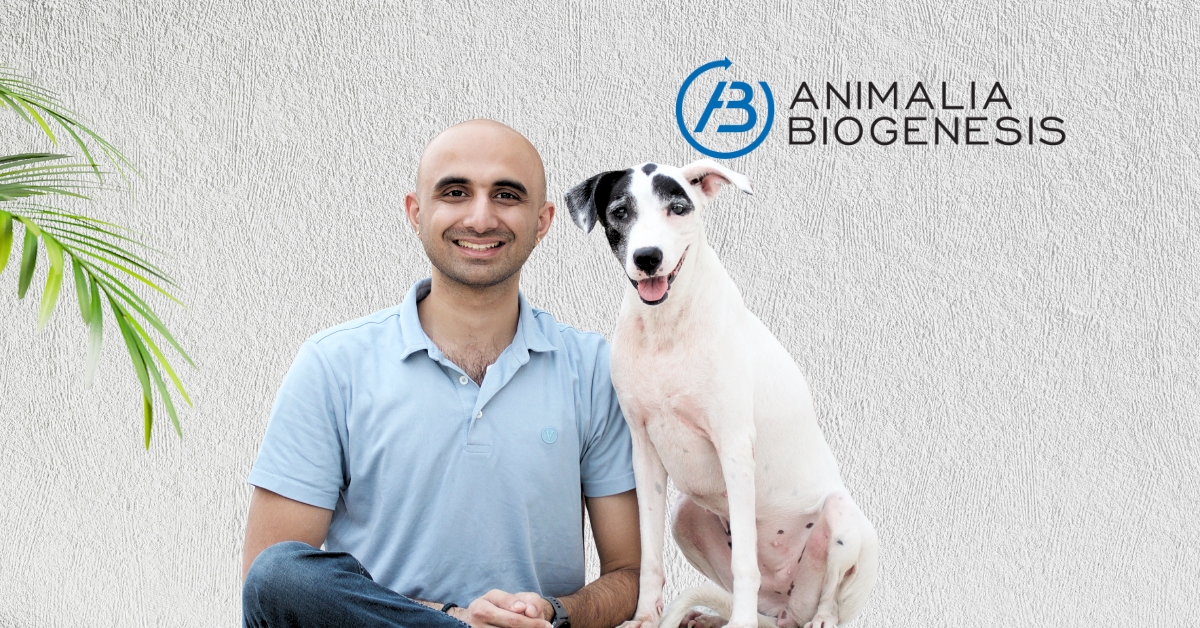Meet Devisri Sarkar, a passionate pet parent who gave up a successful corporate career to find a way to educate herself (and now like minded pet families) on nurturing companion animals with a species appropriate lifestyle, diet and well-being. Devisri’s journey has been a combination of certifications, techniques, studies and hands-on understanding of canine behavior, ethology, nutrition and animal communication. As a canine behavior counsellor, holistic practitioner and advocate for a species appropriate diet and lifestyle for pet dogs, Devisri combines a solid science-based education of animal anatomy with an understanding of diet, life cycle, and ethology to promote the over all well-being of pets through a species appropriate lifestyle, diet, stimulation & overall well being. This results in strong familial bonds of love and compassion between the pet and their human caregivers.
Devisri is the Founder of The Urban Dawg, a venture aimed at redefining pet lifestyles in an urban environment. She is also the Co-founder of The Scentral Park, a project that reflects her vision of offering pets a natural way of co-existing with the humans they love, allowing them to unwind and find their happiest selves through a holistic approach to living closer to their natural lifestyles. Educating human families to be responsible caregivers to the pets they cherish has been her life’s mission over the past 15 years. Through her work, she inspires and empowers others in the pet community, fostering a connection that transcends mere care—it’s a lifestyle, a choice, a passion, and a labor of love for the pets that enrich our lives so deeply. In this feature, Devisri Sarkar shares her insights with EDU-PET.

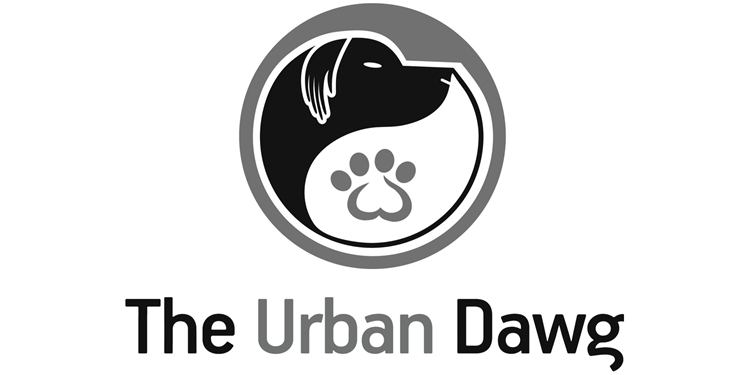
“A properly balanced raw diet supports gut health, strengthens immunity, and reduces long-term health risks, ultimately lowering veterinary costs and enhancing a pet’s overall well-being.”
Q: What unique challenges do Indian pet owners face in sourcing ingredients or maintaining food safety in a raw diet, given climatic or cultural factors?
Devisri: In the post-pandemic world of today, with small and medium businesses working out logistics to bring food items at our doorstep, I don’t think this is as huge a challenge anymore, but it is a challenge nevertheless and unless we create a demand for the same, the supply chain will always be difficult to create!
- Climate and the cold chain: India has a Tropical Monsoon climate and the heat & humidity accelerates the spoilage of raw meats when one sources them. The best way to mitigate this is to maintain a cold chain for transportation. Buy fresh, buy early in the morning and transfer in airtight boxes or ziplock bags in an ice box and just move straight into a chest freezer once you’re home.
- Food Culture: We are a predominantly vegetarian and agrarian society and like to feed our pets what we eat
- Religious and Ethical Beliefs: Certain meats are either avoided or considered taboo in specific communities. For example, beef is prohibited in Hindu-majority areas, while pork may be avoided in Muslim-majority areas. This can limit the range of protein sources for pets.
- Changing Lifestyles & Affordability: As India continues to urbanize, nuclear families with busy schedules are increasingly adopting pets. These pet owners may seek convenience, leading to a reliance on commercial food rather than investing in sourcing and preparing raw diets.
- Variety: Difficulty in sourcing varieties of exotic meats in smaller towns
- Acceptance, Ignorance & Convenience: The acceptance of raw diets for pets is often balanced by skepticism, and this divide stems from a mix of awareness levels, misinformation, and convenience of sourcing in a rapidly busy lifestyle.
Q: What step-by-step approach do you recommend for transitioning a dog from processed food to raw, particularly for hesitant or sensitive pets? Are there specific vitamins, minerals, or supplements that should be added to a raw diet in the Indian context, and why?
Devisri: First go grain free, then vegetable free with cooked meat, then move to blanched meat, and finally to raw.
Unless a dog has a medical or a genetic insufficiency or is a puppy /senior dog, there is absolutely no need to supplement a raw diet.

Q: What prevailing myths about raw feeding in India would you like to dispel, and what scientific evidence supports your perspective? (agression, carbs in diet)
Devisri: Raw feeding for pets in India is surrounded by several myths and misconceptions, often rooted in cultural beliefs, misinformation, and a lack of awareness. Here are some of the most common myths:
Raw Feeding Causes Aggression: Many believe that feeding raw meat makes pets aggressive or “bloodthirsty.” However, aggression in pets is influenced by factors like training, epigenetics, environment, not their diet
Raw Diets Are Unsafe Due to Bacteria: Concerns about harmful bacteria like Salmonella or E. coli discourage raw feeding. While these risks exist, proper sourcing, handling, and storage of raw ingredients can minimize contamination.
Cooked Food Is Always Better: Some assume that cooking meat makes it more nutritious for pets. In reality, cooking can destroy certain nutrients that are essential for pets, making raw diets beneficial when balanced correctly.
Bones Are Dangerous: A widespread myth is that feeding raw bones is harmful. While cooked bones can splinter and pose risks, raw bones are generally safe and provide dental and nutritional benefits when fed appropriately.
Raw Diets Are Nutritionally Imbalanced: This can be true if the diet is not well-planned, but a properly balanced raw diet can meet all of a pet’s nutritional needs.
Raw Feeding Is Expensive and Impractical: While raw feeding can be costlier than some commercial foods, it is not necessarily unaffordable. Many pet owners find ways to source ingredients economically, especially in regions with access to fresh produce and meat. Also, a species-appropriate diet reduces health concerns drastically, resulting in less costs in diagnosis, medical treatment, maintenance, and supplementation, thus bringing down the overall cost of upkeep of the pet
Q: For busy pet owners, what time-saving tips or locally accessible ingredients can simplify preparing a raw diet without compromising nutrition?
Devisri: Batch Preparation: Dedicate a specific day to prepare raw meals for the week. Portion them out into containers or zip-lock bags and freeze them. Thaw individual portions as needed.
A box a day : Source meats for 2-3 weeks and pack the meal in proportion (muscle bone, organ and herbs) a meal a day and put in the freezer. Store them in airtight containers to save time in daily meal prep.
Simplify Meal Plans: Stick to a rotation of a few balanced meats using locally available produce. This reduces complexity while ensuring variety and nutrition. Source exotic meats as and when you find them.
Invest in Tools: A freezer, a meat cleaver, sharp knives can save time when chopping large quantities of ingredients as per your dog’s needs thus reducing dependency on a butcher.
Collaborate with Butchers: Establish a good relationship with local butchers who can pre-cut or prepare specific meat parts (like bones and organ meats) for your pet’s diet. Tey will also inform you when a fresh slaughter has happened so you can arrive n time to source really fresh meats.

Q: How does the “kibble lobby” shape veterinary curricula or retail practices in India, and what conflicts of interest exist in mainstream pet nutrition guidance?
Devisri: Large commercial pet food manufacturers, can influence both veterinary education and retail practices in India in several ways:
Sponsorships and Partnerships: Major pet food companies often sponsor veterinary colleges, providing funding, equipment, or resources. In return, their products and feeding philosophies may be integrated into the curriculum, emphasizing commercial diets over alternatives like raw or homemade diets.
Educational Materials: Companies may supply textbooks, research grants, or guest lectures that promote the benefits of kibble and commercial diets. This can shape the perspectives of veterinary students, making them more inclined to recommend these products to clients.
Continuing Education for Veterinarians: Many pet food companies organize workshops, seminars, and certifications for practicing veterinarians. These events often highlight the nutritional benefits of their products, reinforcing their dominance in the field.
Limited Exposure to Alternatives and Lack of exposure to fresh food as an option in veterinary curricula: With the focus on commercial diets, veterinary students may receive limited training on alternative feeding methods, such as raw or home-cooked diets. This can lead to a lack of balanced advice for pet owners exploring non-commercial options.
Q: How does a raw diet’s diversity of probiotics, prebiotics, and enzymes support gut health, and what’s its cascading effect on immunity, behavior, and disease resistance ?
Devisri: A healthy gut microbiome strengthens the immune system by producing short-chain fatty acids (SCFAs) and other compounds that regulate inflammation and enhance the body’s defense mechanism (immune system).
Probiotics and prebiotics help maintain the gut barrier, preventing harmful pathogens from entering the bloodstream and maintaining optimal gut pH values.
The gut-brain axis connects gut health to mental well-being. A balanced microbiome can influence the production of neurotransmitters like serotonin, which affects mood and behavior positively.
Pets with a healthy gut often exhibit reduced anxiety, better focus, and improved overall temperament.
A robust gut microbiome can inhibit the growth of harmful bacteria and pathogens, reducing the risk of infections and chronic diseases.
The anti-inflammatory properties of a healthy gut also lower the likelihood of autoimmune conditions and allergies.
Q: How can raw-feeding advocates collaborate with progressive veterinarians to address institutional resistance and bridge the gap between holistic nutrition and conventional medicine?
Devisri: The way forward, if feasible, is to foster mutual understanding keeping the well-being of the pet in mind and not blatant commercialisation, building trust, and addressing concerns in constructive ways such as collaborating with veterinary laboratories to focus on studies around raw-feeding and it’s impact on the gut and overall health of a pet. It is important to move slowly and steadily towards a holistic approach to pet well-being. That would mean working proactively and not reactively on the pets gut throughout his life span and teaming up with nutritionists to provide the best possible diagnosis and natural feeding options for pets.
| #RawFeedingIndia, #DogNutrition, #SpeciesAppropriateDiet, #CanineRawFood, #PetWellness, #HolisticPetCare, #PetHealth, #NaturalPetFood, #DogFoodMyths, #EDUPETIndia |





